Nefertoum
« Eine löwenköpfige Bronzestatuette des Gottes Nefertem aus dem Ă„gyptischen Museum und Papyrussammlung in Berlin (Ă„M 8988) »
ENiM 9, 2016, p. 141-153.
 La statue en bronze ÄM 8988 du musée égyptien de Berlin a été acquise en 1886 de l’antiquaire Souliman Abd el-Saman. La statue est originaire de Tell el-Moqdam et est supposée appartenir à la soi-disant « cachette de Lion », un groupe célèbre d’objets trouvés dans les ruines de la ville en 1884 par des paysans. La statue ÄM 8988 représente un dieu à tête de lion. Sur la coiffure il subsiste des restes d’un uræus et des pattes d’un oiseau. De sa main gauche, le dieu tenait une plaque avec un oudjat à hauteur de poitrine, qui n’a pas été conservée.
Selon Paul Perdrizet, la statue représente le dieu Mahes. À l’inverse, Günther Roeder et Katja Weiss affirment qu’il figure Horus de Pé. Roeder et Weiss fondent leur opinion sur la coiffe de la statue. Les deux interprétations de la statue sont controversées et pas entièrement convaincantes. Ni Mahes, ni Horus de Pé n’étaient représentés comme dieu à tête de lion avec une coiffe comportant un oiseau. En outre, aucune représentation de Mahes ou d’Horus de Pé portant un oudjat à leur poitrine n’a jamais été trouvée.
En revanche, le dieu Néfertoum a bien été représenté comme un dieu à tête de lion avec une coiffe comportant un faucon et une fleur de lotus dans les scènes du temple de Séthy Ier à Abydos, du temple d’Hibis à Kharga et du Naos de Saft el-Henneh (CG 70021). En outre, Néfertoum était figuré dans ces scènes tenant une plaque avec un oudjat à hauteur de poitrine. Enfin, une inscription dans la salle de Néfertoum dans le temple de Séthy Ier à Abydos révèle que cette iconographie, appartenant au dieu Néfertoum, reflète son caractère syncrétique avec Horus. Horus-Néfertoum avait le rôle d’un protecteur dans la fête de Sokar escortant le roi. La statue ÄM 8988 peut donc être interprétée comme une représentation de Néfertoum portant l’oudjat à hauteur de poitrine, symbolisant donc la renaissance et la régénération du soleil.
La statue en bronze ÄM 8988 du musée égyptien de Berlin a été acquise en 1886 de l’antiquaire Souliman Abd el-Saman. La statue est originaire de Tell el-Moqdam et est supposée appartenir à la soi-disant « cachette de Lion », un groupe célèbre d’objets trouvés dans les ruines de la ville en 1884 par des paysans. La statue ÄM 8988 représente un dieu à tête de lion. Sur la coiffure il subsiste des restes d’un uræus et des pattes d’un oiseau. De sa main gauche, le dieu tenait une plaque avec un oudjat à hauteur de poitrine, qui n’a pas été conservée.
Selon Paul Perdrizet, la statue représente le dieu Mahes. À l’inverse, Günther Roeder et Katja Weiss affirment qu’il figure Horus de Pé. Roeder et Weiss fondent leur opinion sur la coiffe de la statue. Les deux interprétations de la statue sont controversées et pas entièrement convaincantes. Ni Mahes, ni Horus de Pé n’étaient représentés comme dieu à tête de lion avec une coiffe comportant un oiseau. En outre, aucune représentation de Mahes ou d’Horus de Pé portant un oudjat à leur poitrine n’a jamais été trouvée.
En revanche, le dieu Néfertoum a bien été représenté comme un dieu à tête de lion avec une coiffe comportant un faucon et une fleur de lotus dans les scènes du temple de Séthy Ier à Abydos, du temple d’Hibis à Kharga et du Naos de Saft el-Henneh (CG 70021). En outre, Néfertoum était figuré dans ces scènes tenant une plaque avec un oudjat à hauteur de poitrine. Enfin, une inscription dans la salle de Néfertoum dans le temple de Séthy Ier à Abydos révèle que cette iconographie, appartenant au dieu Néfertoum, reflète son caractère syncrétique avec Horus. Horus-Néfertoum avait le rôle d’un protecteur dans la fête de Sokar escortant le roi. La statue ÄM 8988 peut donc être interprétée comme une représentation de Néfertoum portant l’oudjat à hauteur de poitrine, symbolisant donc la renaissance et la régénération du soleil.
 The bronze statue ÄM 8988 of the Egyptian museum in Berlin was acquired in 1886 from the antiquity dealer Souliman Abd el-Saman. The statue originally came from Tell el-Moqdam and was assumed to be part of the so-called “Lion cache”, a famous group of objects found in the ruins of the city in 1884 by peasants. The statue ÄM 8988 represents a lion-headed god. In the headdress there are remains of an uraeus and two bird feet. With his left hand the god held a plaque with a wedjat at chest height, which has not been preserved.
According to Paul Perdrizet, the statue represents the god Mahes. Conversely, GĂĽnther Roeder and Katja Weiss claim that it represents Horus of Pe. Roeder and Weiss based their opinion on the headdress of the statue. Both interpretations of the statue are controversial and not fully convincing. Neither Mahes nor Horus of Pe appears represented anywhere else as a lion-headed god with a bird headdress. Furthermore, no representation of Mahes or Horus of Pe wearing a wedjat at their chest has ever been found.
On the contrary, the god Nefertem has indeed been represented as a lion-headed god with a headdress consisting of a hawk and a lotus flower in scenes from the Temple of Seti I in Abydos, the Hibis Temple at Kharga Oasis and from the Naos of Saft el Henne (CG 70021). Moreover, Nefertem was represented in these scenes holding a plaque with a wedjat at chest height. Additionally, an inscription found in the so called Nefertem-room in the temple of Seti I in Abydos reveals that this iconography belonging to the god Nefertem reflects his syncretic character as Horus. Horus-Nefertem had the role of a guardian in the Sokar festival by escorting the king. The statue Ă„M 8988 can be thus interpreted as a representation of Nefertem carrying the wedjat at chest height, symbolizing so the rebirth and regeneration of the sun.
The bronze statue ÄM 8988 of the Egyptian museum in Berlin was acquired in 1886 from the antiquity dealer Souliman Abd el-Saman. The statue originally came from Tell el-Moqdam and was assumed to be part of the so-called “Lion cache”, a famous group of objects found in the ruins of the city in 1884 by peasants. The statue ÄM 8988 represents a lion-headed god. In the headdress there are remains of an uraeus and two bird feet. With his left hand the god held a plaque with a wedjat at chest height, which has not been preserved.
According to Paul Perdrizet, the statue represents the god Mahes. Conversely, GĂĽnther Roeder and Katja Weiss claim that it represents Horus of Pe. Roeder and Weiss based their opinion on the headdress of the statue. Both interpretations of the statue are controversial and not fully convincing. Neither Mahes nor Horus of Pe appears represented anywhere else as a lion-headed god with a bird headdress. Furthermore, no representation of Mahes or Horus of Pe wearing a wedjat at their chest has ever been found.
On the contrary, the god Nefertem has indeed been represented as a lion-headed god with a headdress consisting of a hawk and a lotus flower in scenes from the Temple of Seti I in Abydos, the Hibis Temple at Kharga Oasis and from the Naos of Saft el Henne (CG 70021). Moreover, Nefertem was represented in these scenes holding a plaque with a wedjat at chest height. Additionally, an inscription found in the so called Nefertem-room in the temple of Seti I in Abydos reveals that this iconography belonging to the god Nefertem reflects his syncretic character as Horus. Horus-Nefertem had the role of a guardian in the Sokar festival by escorting the king. The statue Ă„M 8988 can be thus interpreted as a representation of Nefertem carrying the wedjat at chest height, symbolizing so the rebirth and regeneration of the sun.
 Consulter cet article (40277) -
Consulter cet article (40277) -  Télécharger cet article au format pdf (21477)
Télécharger cet article au format pdf (21477)
ENiM 18 - 2025
5 article(s) - 2 avril 2025.
ENiM 1 à 18 (2008-2025) : 224 articles
4 615 765 téléchargements
9 326 918 consulations.
Index des auteurs

Mots clés

Derniers articles : 
Robert Steven Bianchi
Duplication and Continuity
(ENiM 18, p. 13-36 — 11 mars 2025) 
Frédéric Mougenot
Rénénoutet à la porte de la maison
(ENiM 18, p. 1-12 — 29 janvier 2025) 
CENiM - Mise en ligne des volumes Ă©puisĂ©s : 
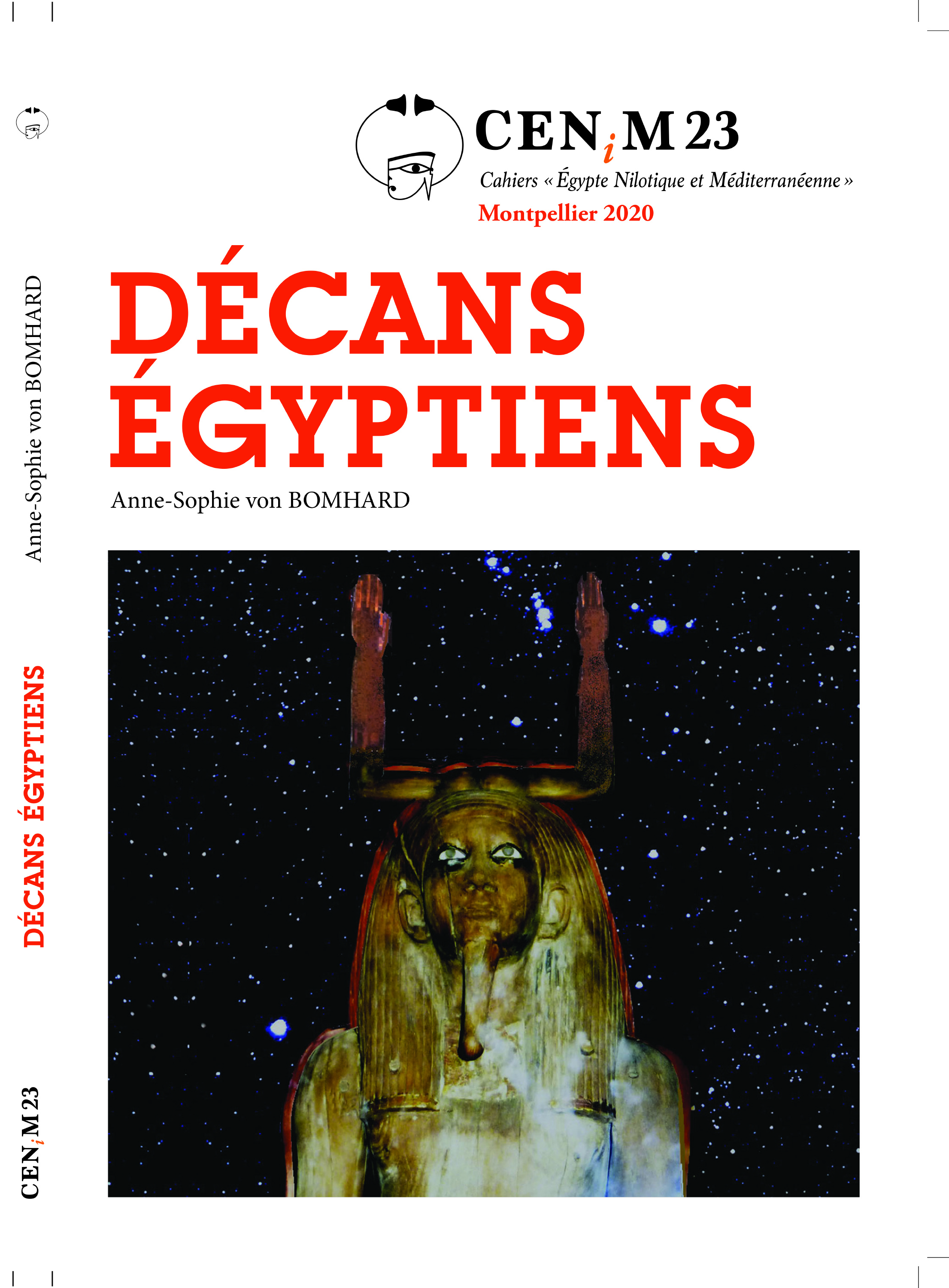 Anne-Sophie von BOMHARD DĂ©cans Ă©gyptiens, CENiM 23, Montpellier, 2020 — (2020)
Anne-Sophie von BOMHARD DĂ©cans Ă©gyptiens, CENiM 23, Montpellier, 2020 — (2020) 
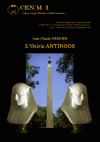 Jean-Claude Grenier L'Osiris ANTINOOS, CENiM 1, Montpellier, 2008 — (26 dĂ©cembre 2008)
Jean-Claude Grenier L'Osiris ANTINOOS, CENiM 1, Montpellier, 2008 — (26 dĂ©cembre 2008) 
TDENiM - Mise en ligne des volumes Ă©puisĂ©s : 
 Twitter
Twitter 3805016 visites - 3919 visite(s) aujourd’hui - 170 connecté(s)
© ENiM - Une revue d’égyptologie sur internet
Équipe Égypte Nilotique et Méditerranéenne - UMR 5140 - « Archéologie des Sociétés Méditerranéennes » (Cnrs) - Université Paul Valéry - Montpellier III
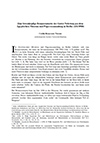
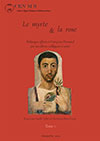
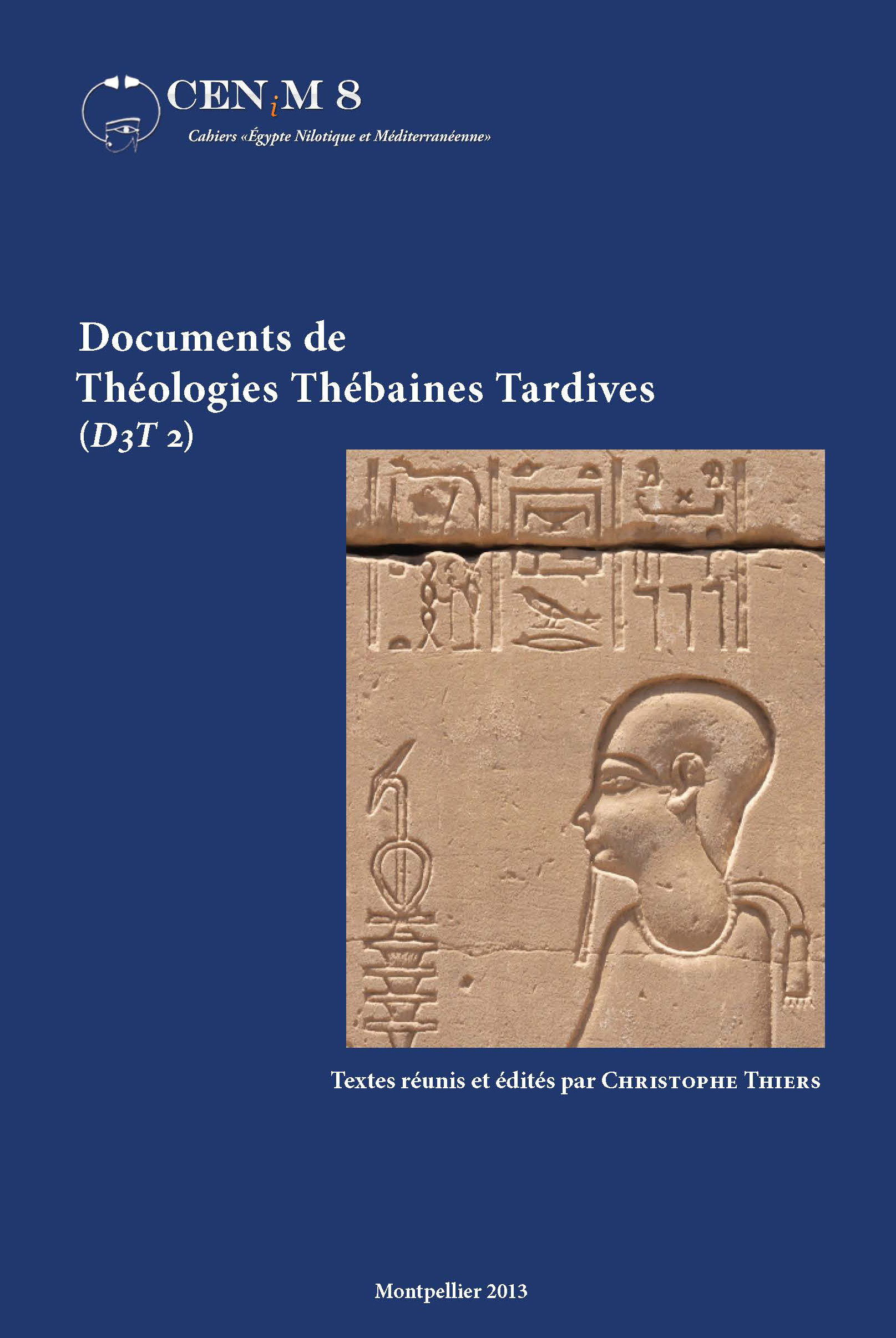

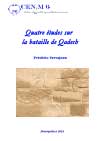
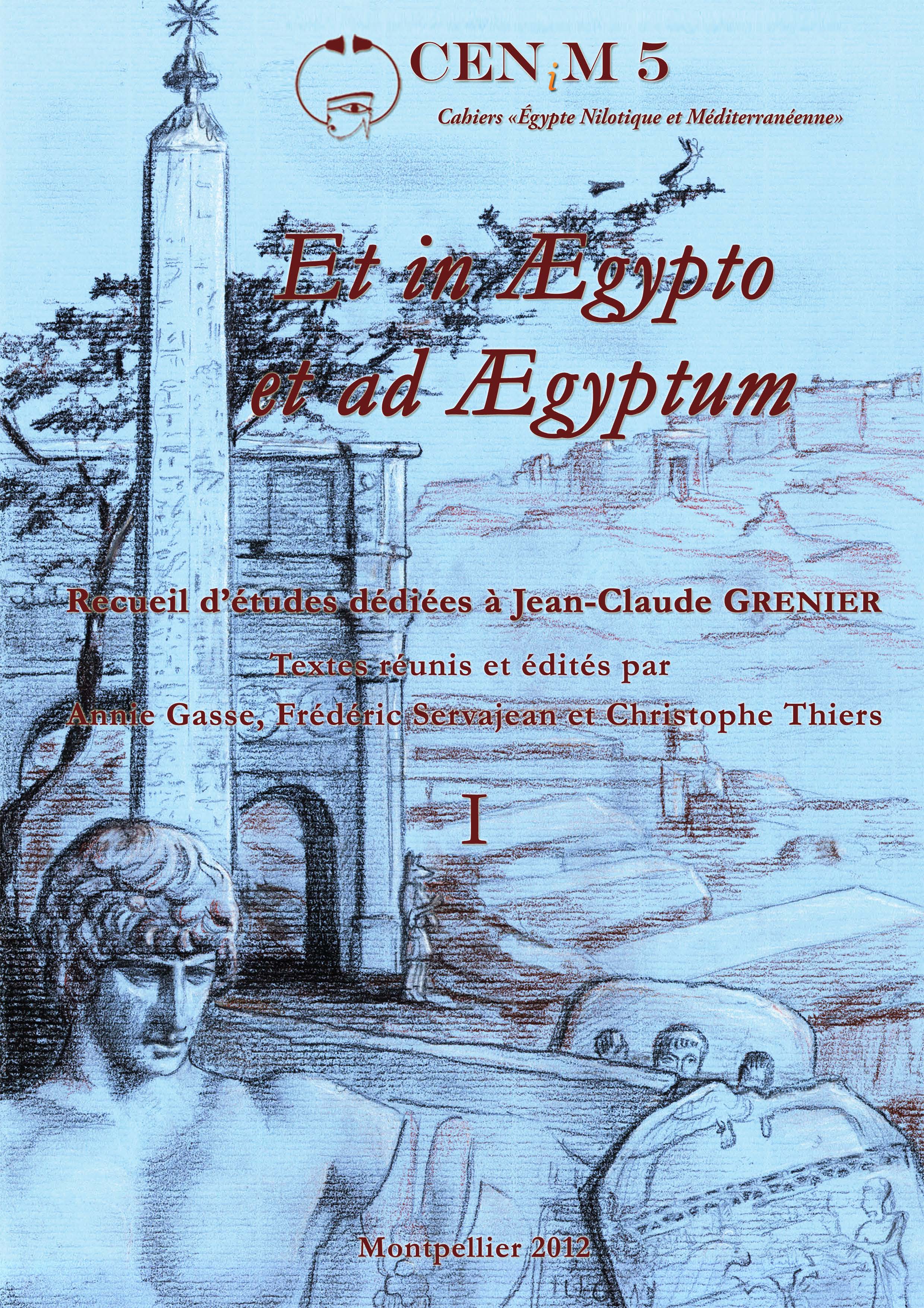
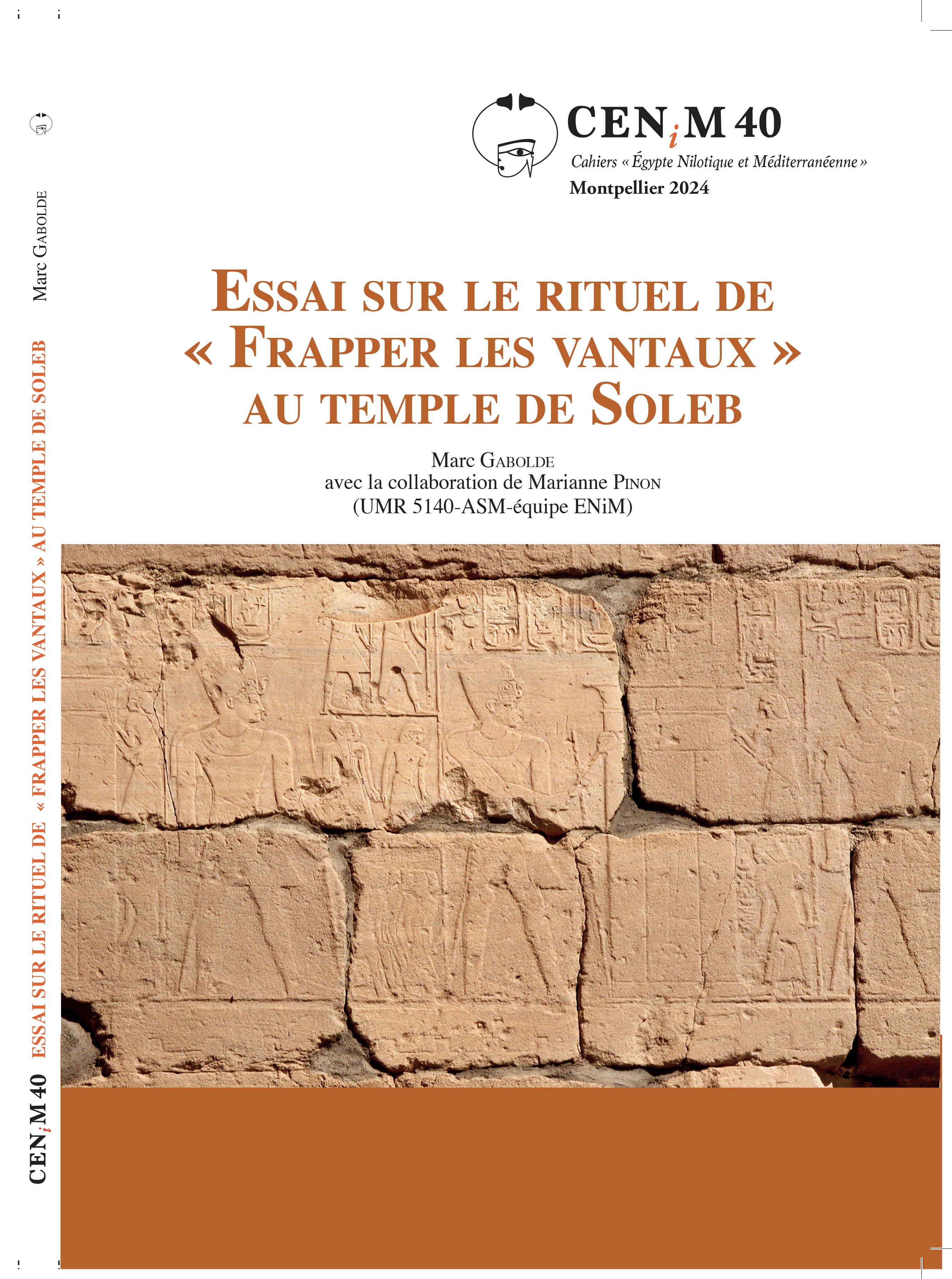
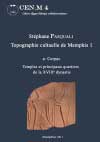
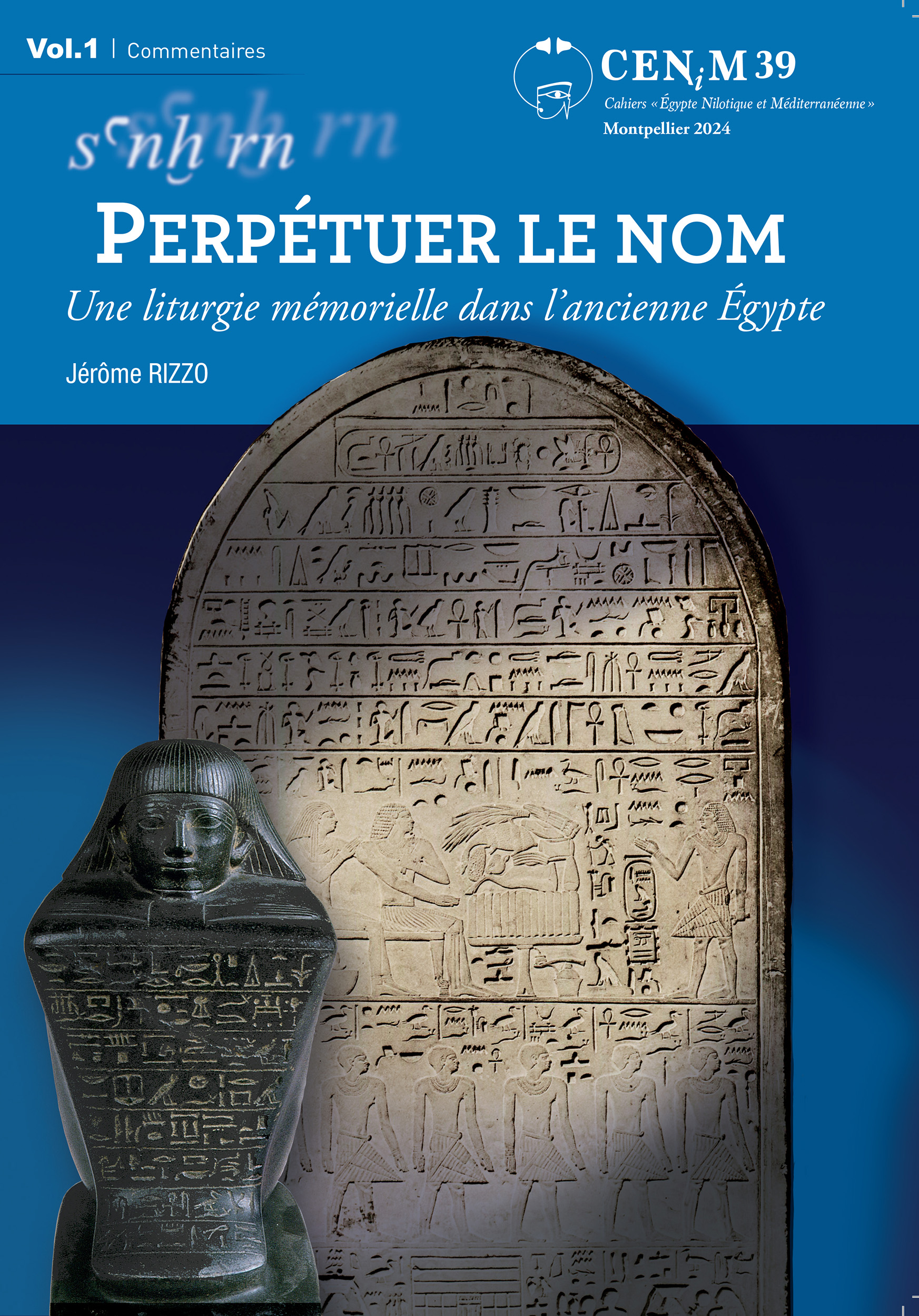
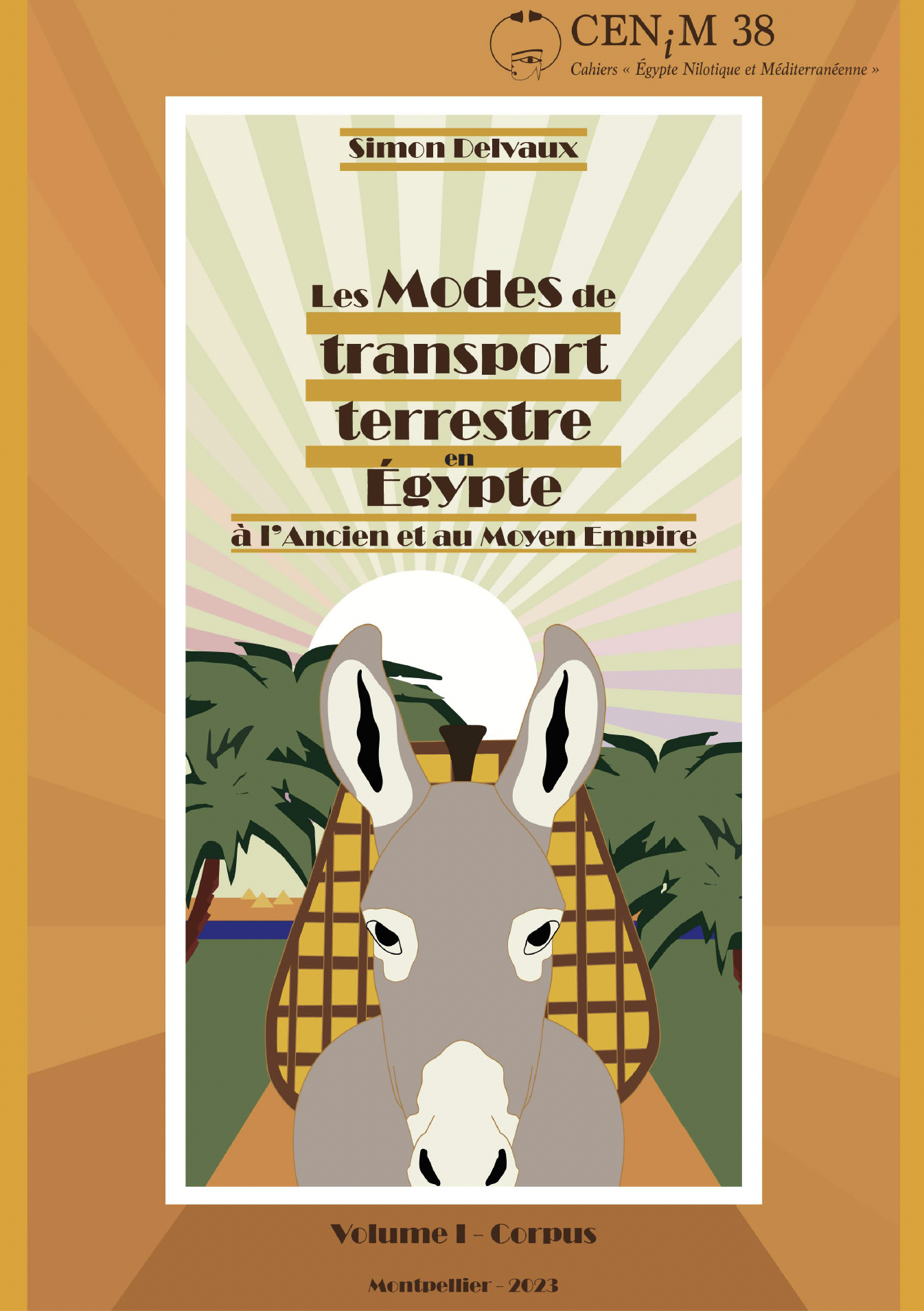
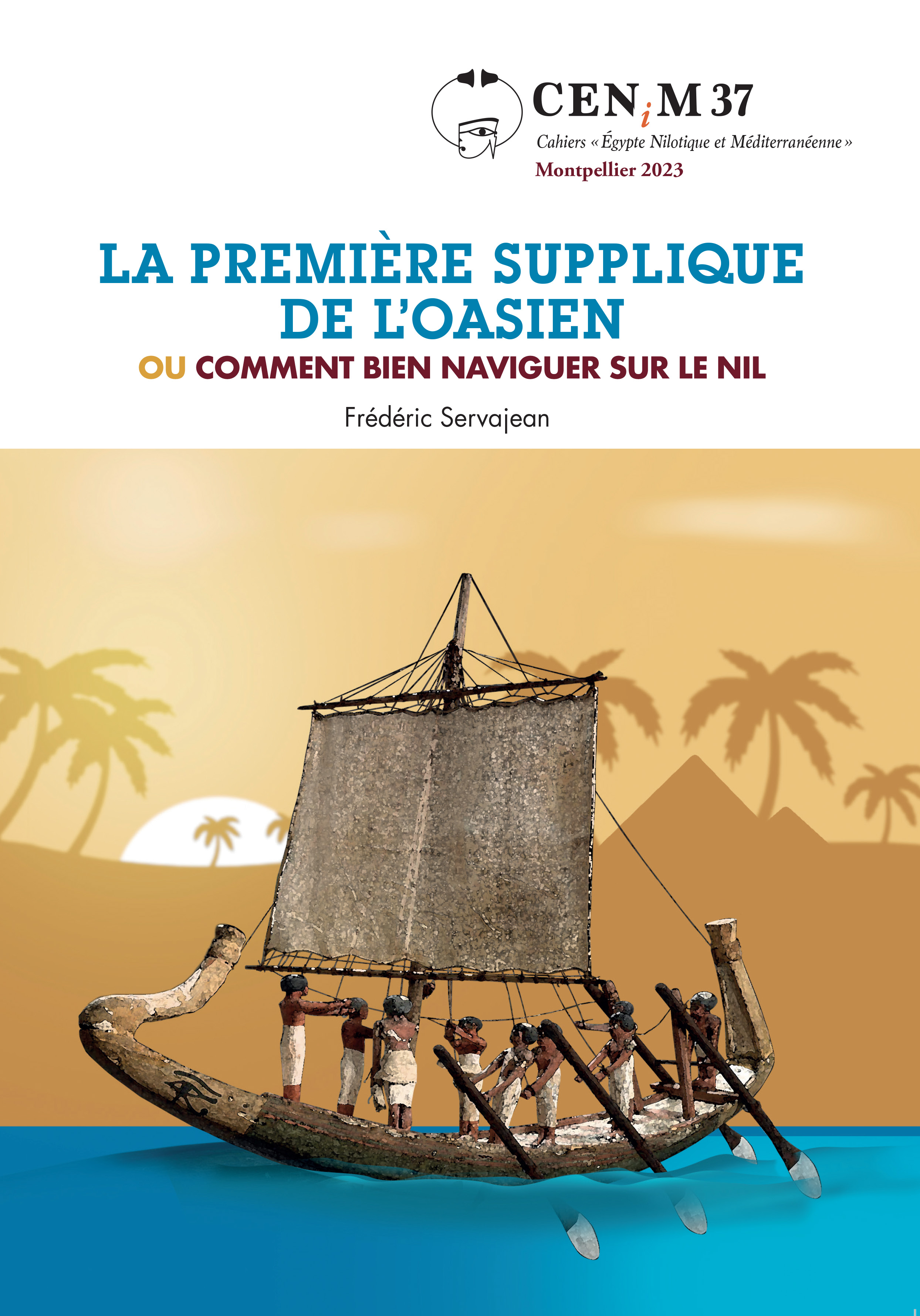
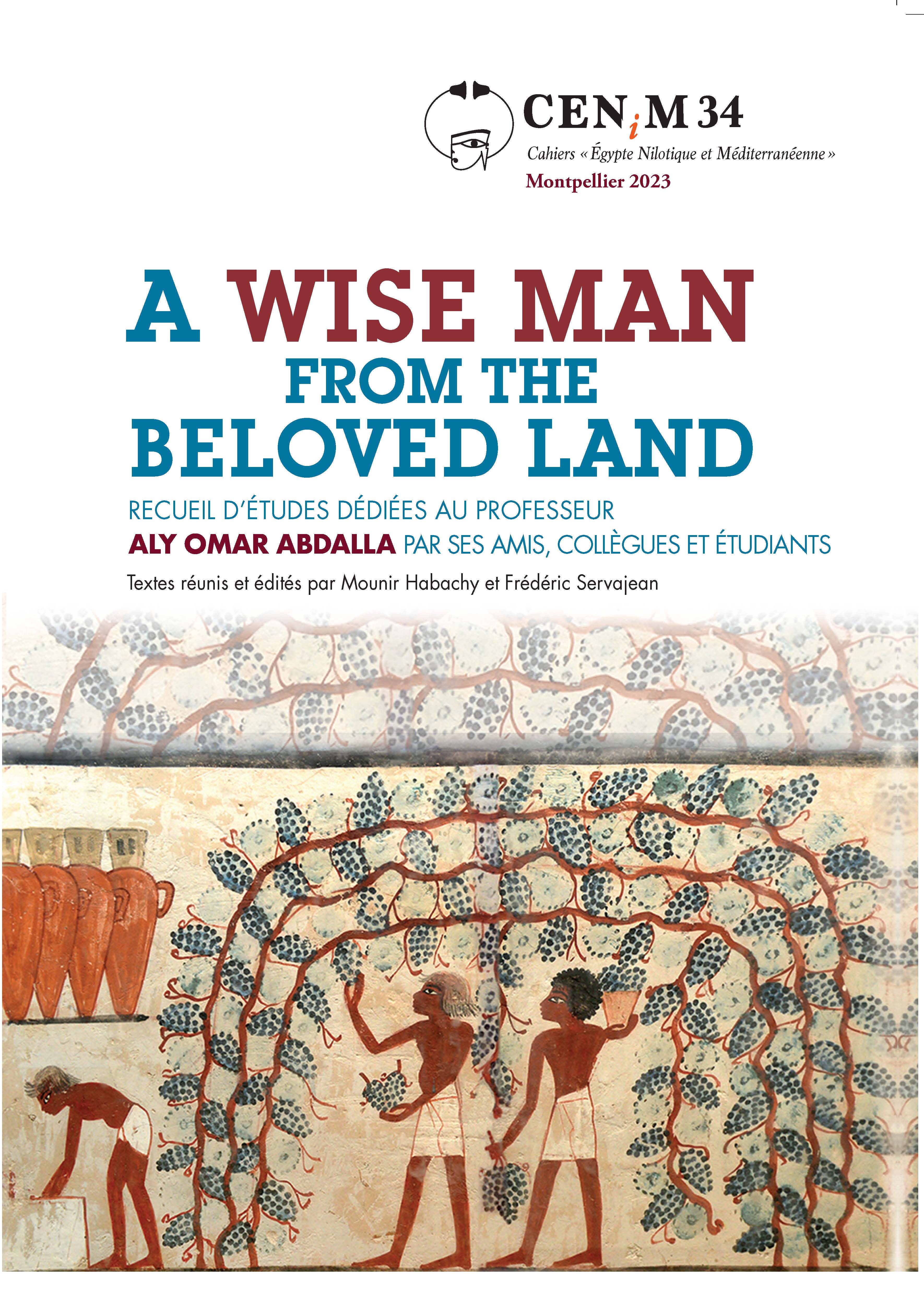
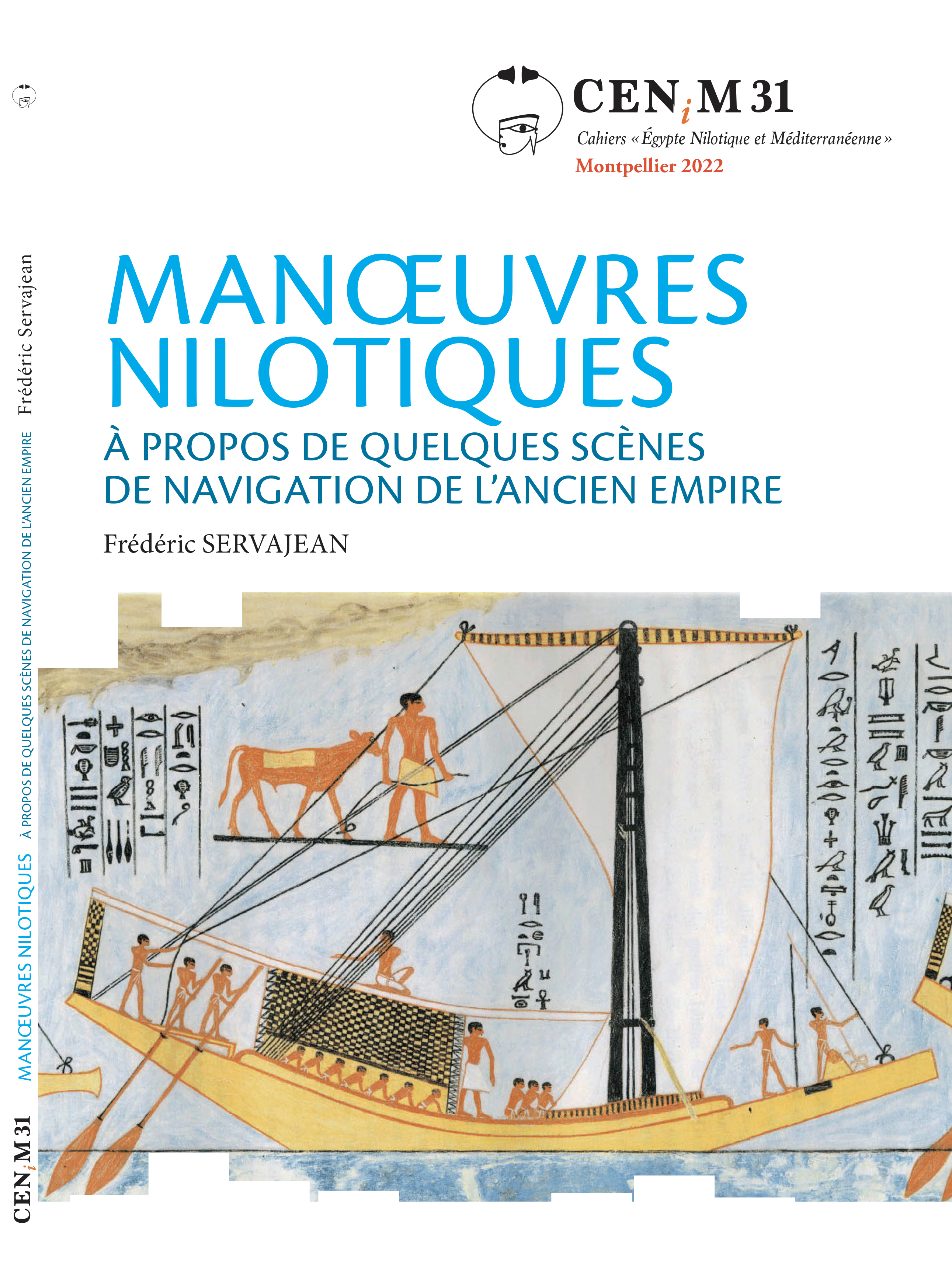
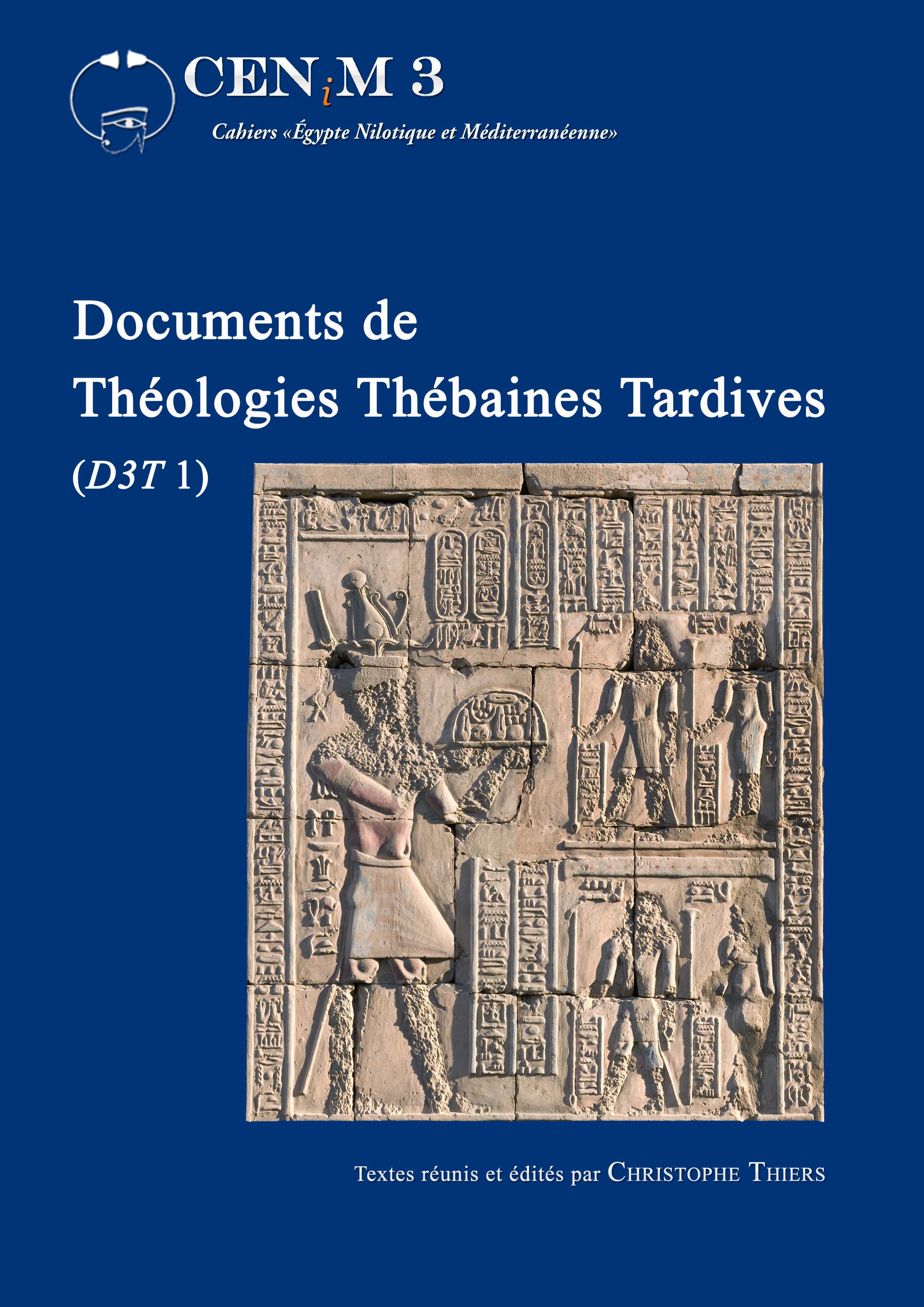
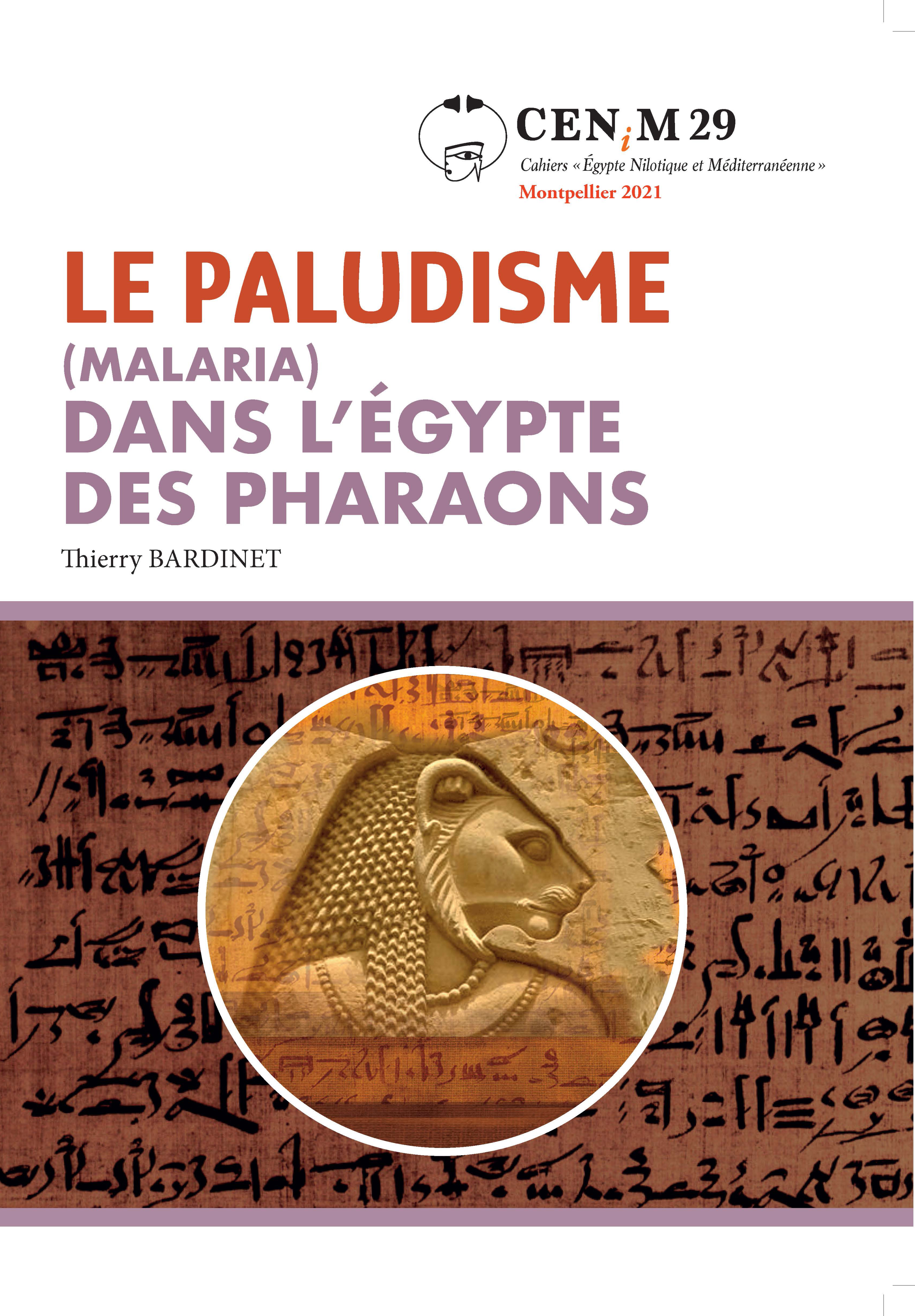
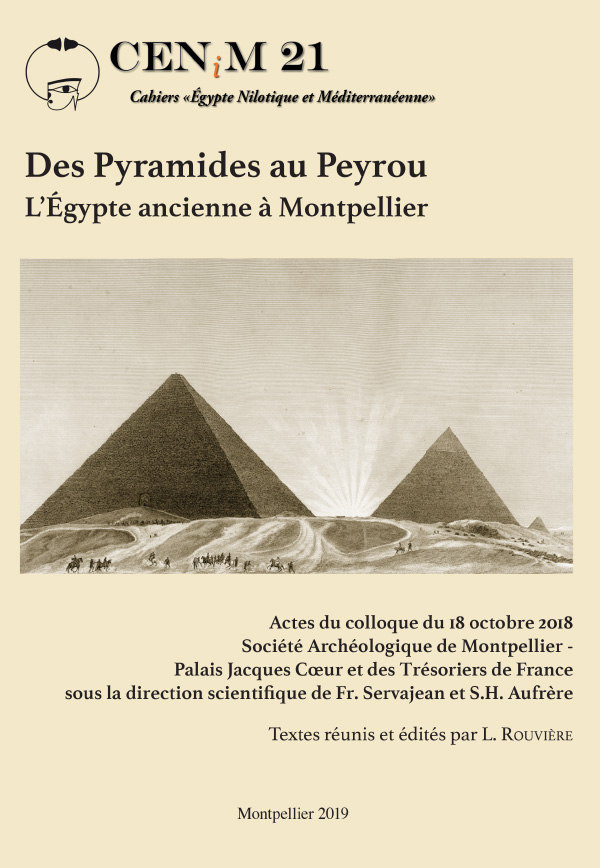
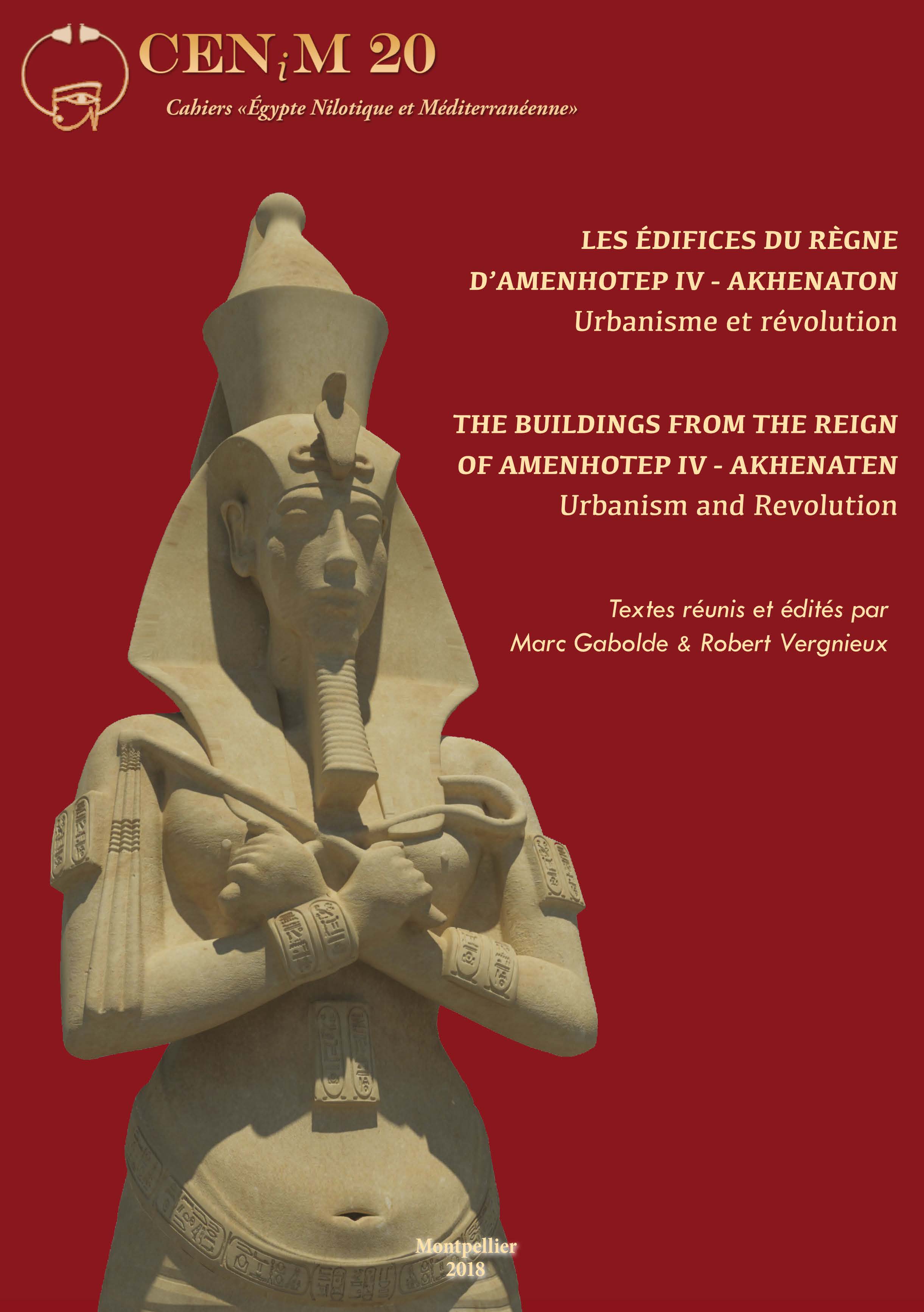
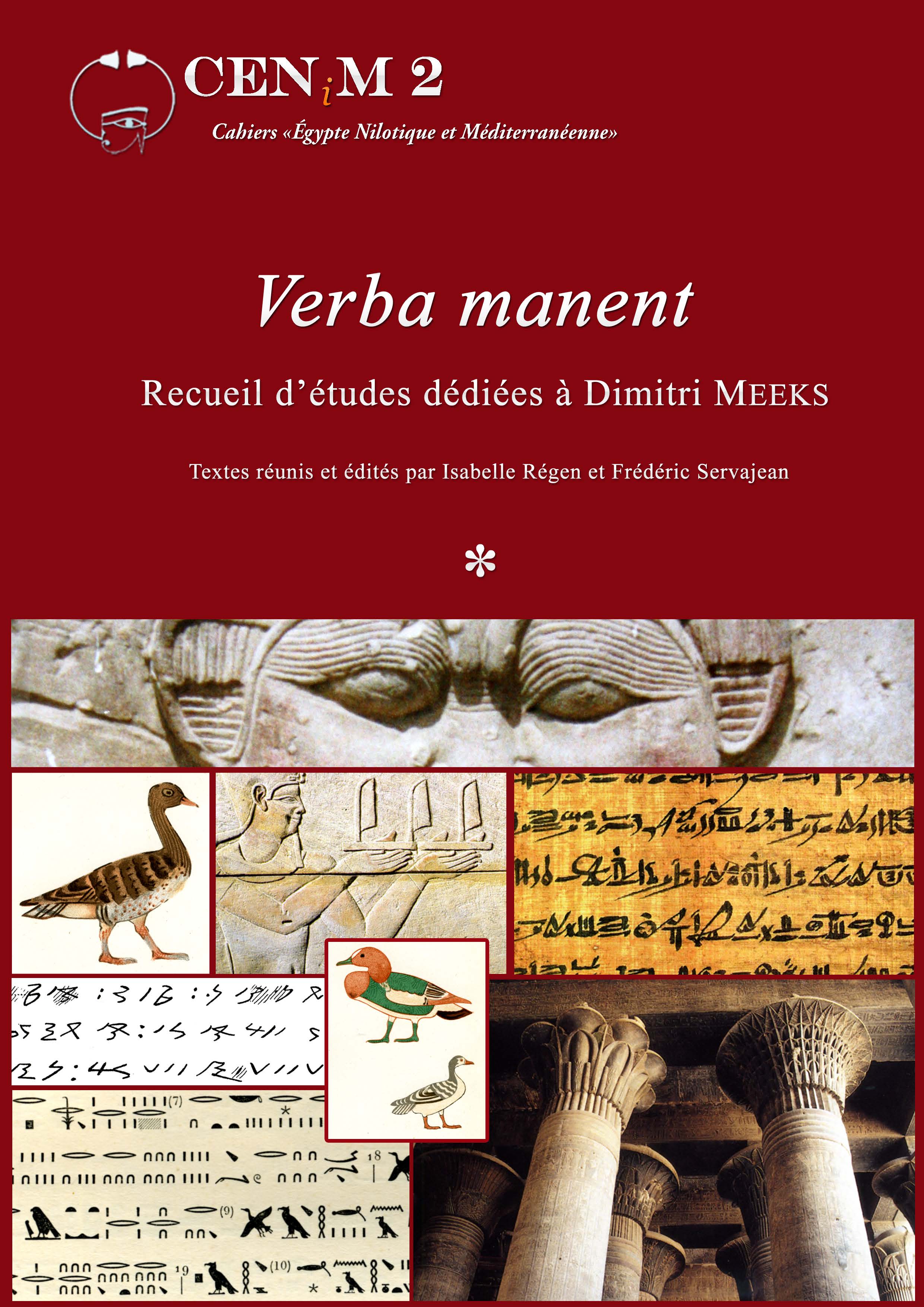
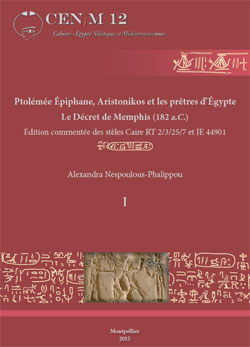
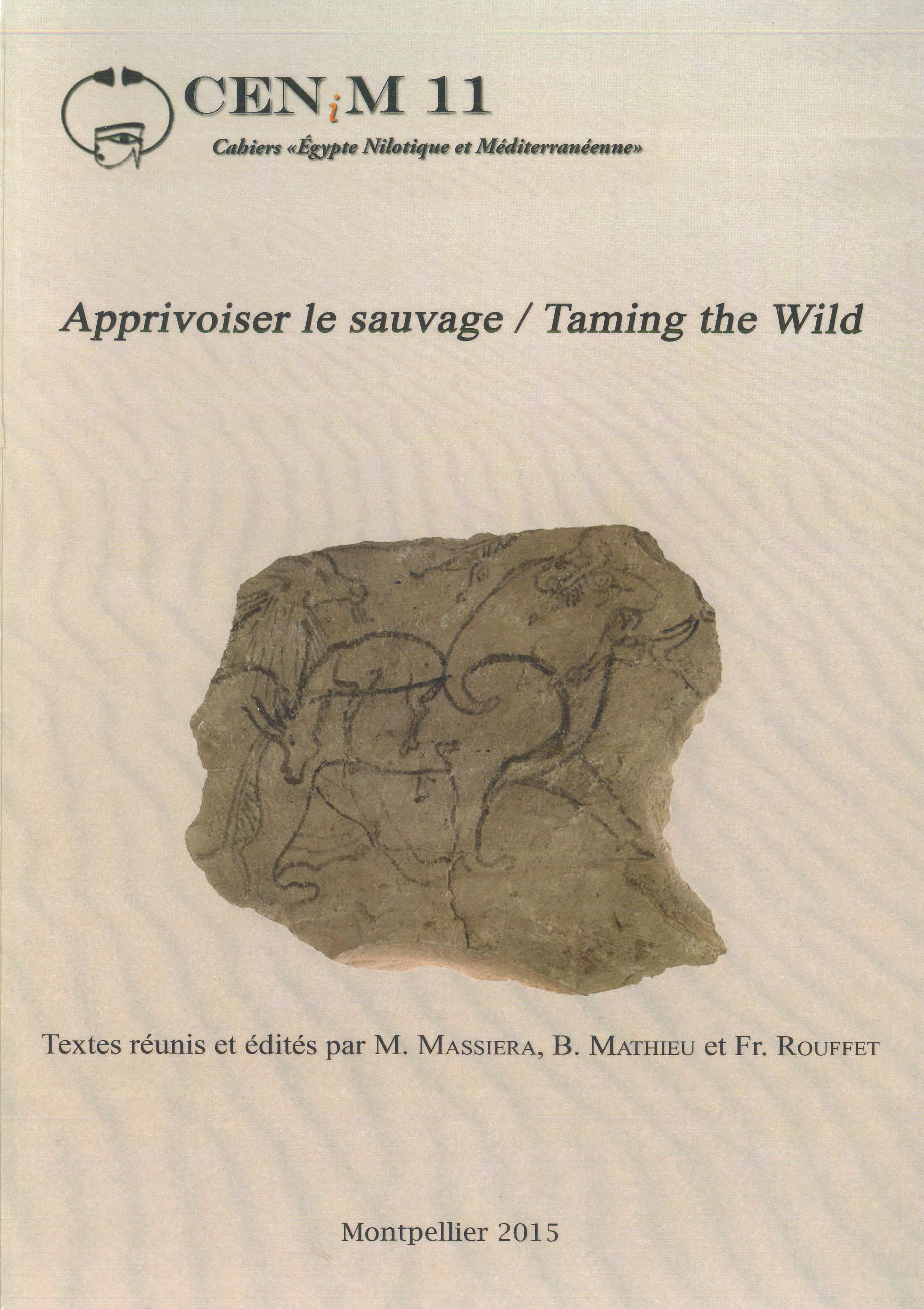
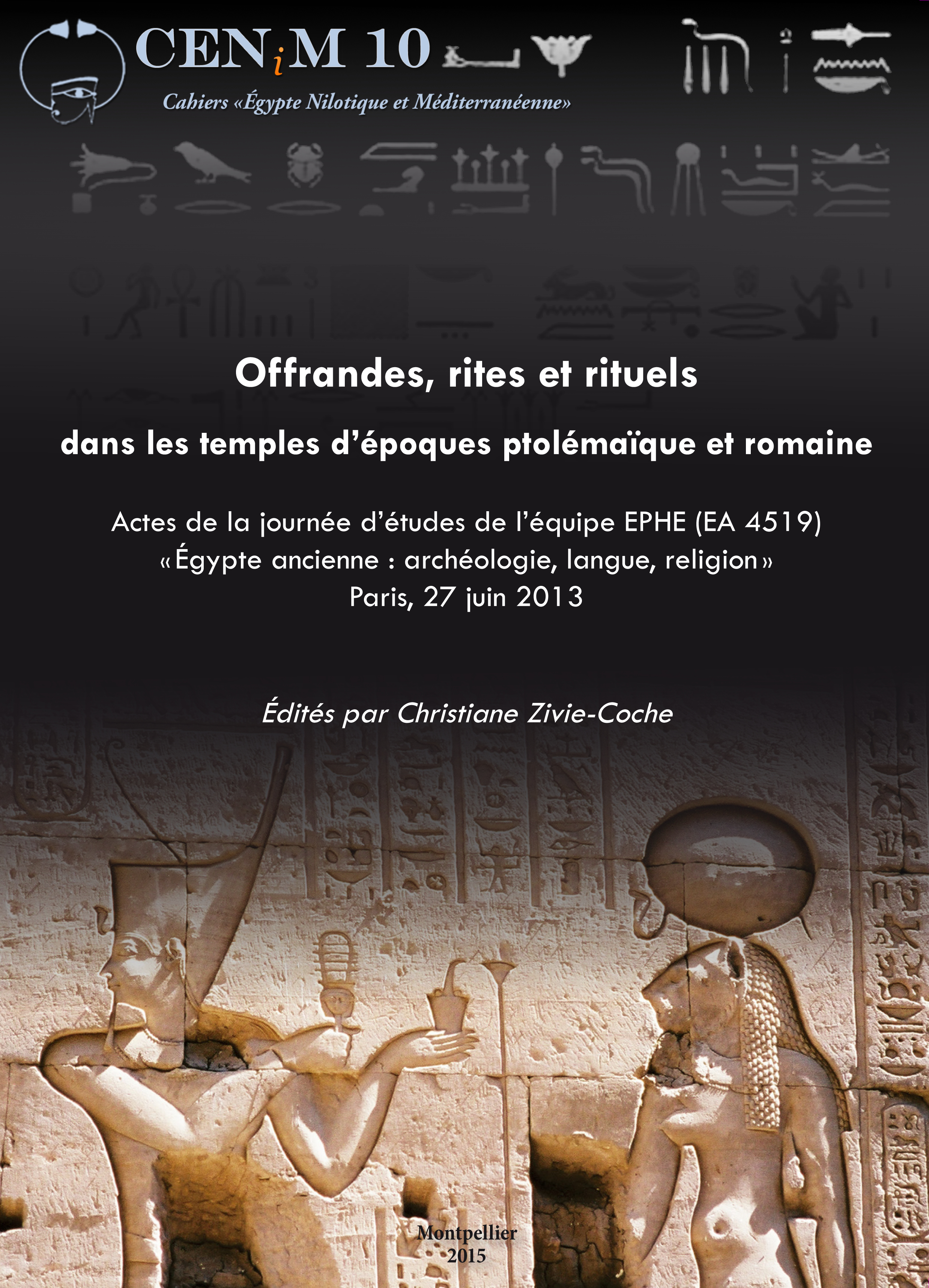
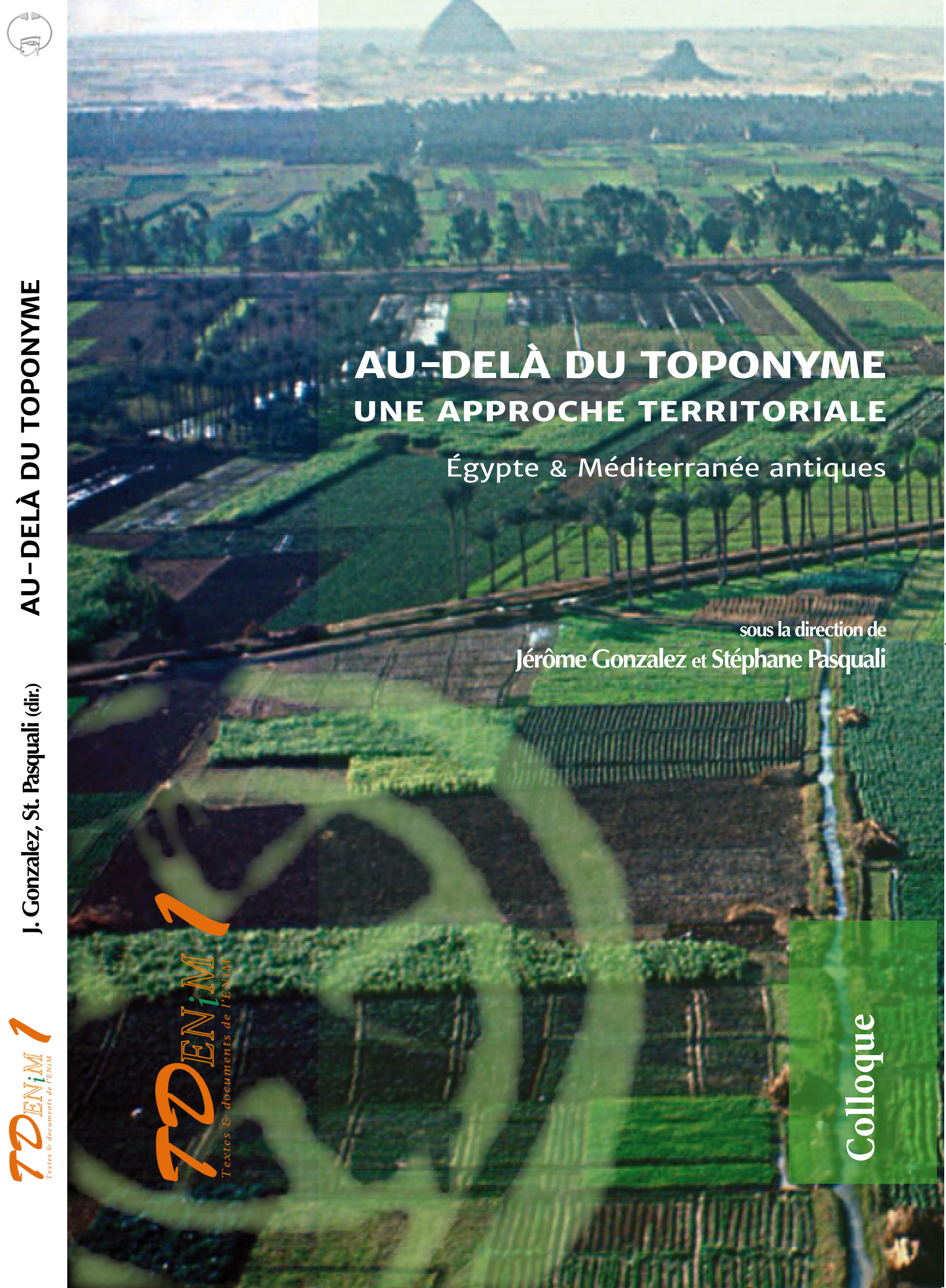
 Contact
Contact
 Abonnez-vous !
Abonnez-vous ! Équipe Égypte Nilotique et Méditerranéenne
Équipe Égypte Nilotique et Méditerranéenne UMR 5140 « Archéologie des Sociétés Méditerranéennes » (Cnrs)
UMR 5140 « Archéologie des Sociétés Méditerranéennes » (Cnrs) Université Paul Valéry - Montpellier III
Université Paul Valéry - Montpellier III